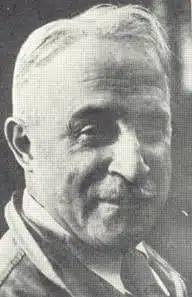
In 1928, Gagnon embarked on his most famous oeuvre: the 54 paintings that would illustrate the 1933 deluxe edition of Louis Hémon’s novel Maria Chapdelaine. “My purpose in illustrating Maria Chapdelaine,” he wrote, “was to catch the spirit of Canada and of the French-Canadian life.”
1n 1941 he exhibited a model of a French Canadian Village, which he had hoped to build as an outdoor museum.
Gagnon died in 1942 in Montreal.
Acclaimed as one of Canada’s most important artists, Gagnon’s paintings hang in every major collection including the National Gallery of Canada.